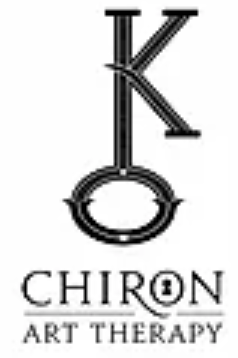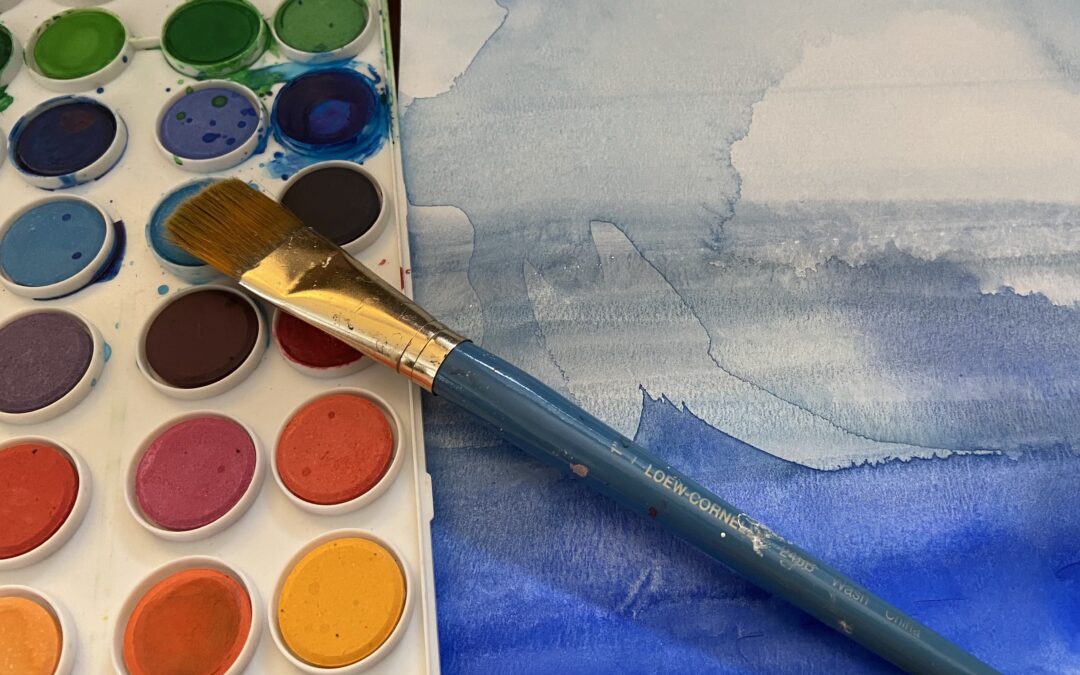It’s About the Process not the Product
Ever heard the phrase, it’s about the journey, not the destination? One of the common phrases used in art therapy is that it is about the process not the product. Art therapy is like that too where the therapy often happens in the process of art-making rather than a focus on making final products. In the following post, I will detail some of the ways that art therapy works with the process including slowing down. These ways include listening, seeing yourself in the art, discovering your way as you go along through the process, and listening to the unconscious through images. All of these techniques lend ways to learn about yourself.
Art-Making Is Slow
First of all, there is a misconception held among people who don’t regularly make art is that art is something that is easy and talented people seem to have artworks flow out of them effortlessly. Like seasoned runners, artists can get into a flow state and just enjoy what they are engaged in for the sake of the activity. Other times, art-making can be an invitation for listening to words and feelings as they arise into your awareness.
Sometimes the process itself is difficult. Many art therapists encourage clients to “Trust the Process.” For example, I find that with sculptures if I work too long for a day my hands ache. Another example is ceramics; many clay pieces don’t make it all the way through the drying and firing process. Things explode, crack, break, or change in unexpected ways. Sometimes you spill the paint water all over your painting and it changes. As Bob Ross said, there are no such things as mistakes, only happy accidents. That is to say, that unexpected surprises occur, and learning how to work with them rather than against them is part of making art.
Art is a Mirror
Just like the unexpected occurs in the art-making process, the same occurs in life. Our responses to disappointments, frustrations, and the unexpected play out in the art the same as life. Also, when we are engaged in art-making, we can see parts of ourselves we don’t normally see. Furthermore, we can even try on, or play with aspects in artwork that may not be realized in our lives yet. In summary, there are so many ways we can learn about ourselves and interact with our art for self-discovery.
You Don’t have to Know Where you are Going
And here’s the thing, you don’t really know where your life will be in 10 or 20 years. You may have an idea of things you want to accomplish or long-term big goals, but you never know what life is going to throw at you. Art can be like that too. Sometimes you just have to drive in and engage with the materials playfully for a while. Sometimes the insights come after you’ve worked on the piece for half an hour. Other times, you gain new insights and perspectives about what the art piece is telling you even years later. I know that I’ve looked back at some of my artwork from when I was a young adult and thought to myself “Wow! Is that how I was feeling and that was what I was putting into my art?” Time reveals in mysterious ways.
The Unconscious Speaks Through Images
Along those lines, I have a Jung quote for the signature line of my email. Jung states in the Red Book,
“My speech is imperfect. Not because I want to shine with words, but out of the impossibility of finding those words, I speak in images. With nothing else to express the words from the depths.”
Whether it be in fantasies, in stories in your life, or through art-making, images hold symbolic meaning. Symbols connect us to archetypal patterns and stories bigger than our conscious egos. So often patterns show up in artwork or tell a bigger story than we ever consciously intended. It can be the case, through the metaphor of images, a story that has room for contrasts, contradictions, paradox, conflict, tension, and not-knowing emerges. Sometimes there aren’t words and the symbols hold things we can’t describe for us.
For example, symbols can become like nebulas, which are nurseries for the birth of stars, a womb for things still forming and too fragile to be talked about consciously.
The Missing Piece
I’ve seen people draw images that relate to how they feel or give them a missing piece that they weren’t aware of. Sometimes the image is telling the story, overtly and plainly that the client just didn’t think about when they were making the image. For example, once someone drew her happy space as a small raft adrift in the ocean. She talked to me about liking to go to the beach with her family. I asked her where the beach was in the image because it was missing in the drawing. After we talked a bit, she talked about feeling like she can’t get back to dry land. This was an unconscious metaphor for sobriety.
For the next drawings, she created ones where she added an anchor for her raft and then drew another drawing about her family sticking together as they got off the raft and she returned to dry land. This process became symbolically crucial for her to feel in control of making these choices for herself. The artwork increased her understanding of her feeling of helplessness. The drawings showed her that she was in the midst of step one of the twelve-step process for AA. This step reads, “We admitted we were powerless over alcohol – that our lives had become unmanageable.”
Final Thoughts
This story is just one example and artwork tells individual stories for each person. The art relates to their unique lives. Through going into the slow process of making artwork we get the opportunity to become quiet and listen to our thoughts and our emotions. Sometimes we gain clarity from our inner depths, a Higher Power, or the voice of our soul.
If this process sounds like it might be your jam, you can reach out to me for a free consultation.

